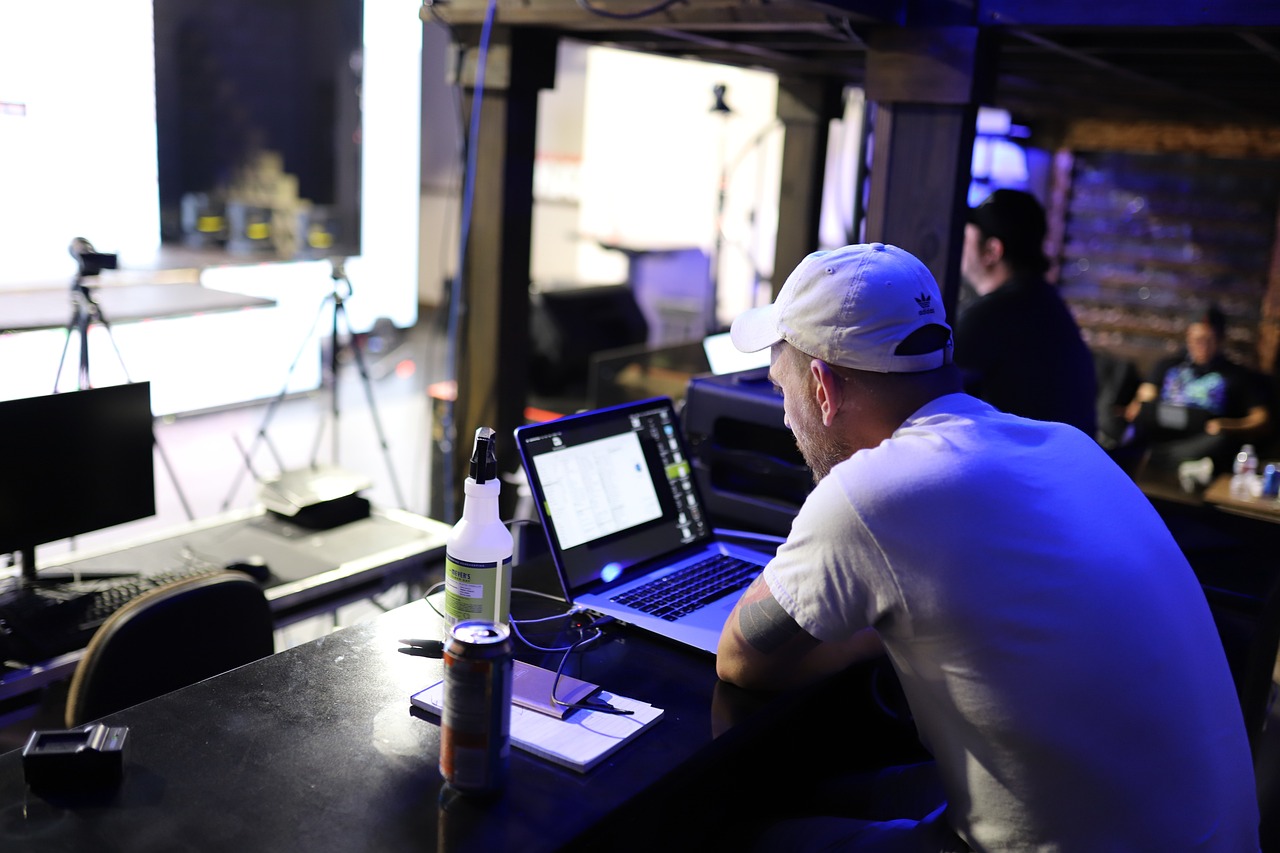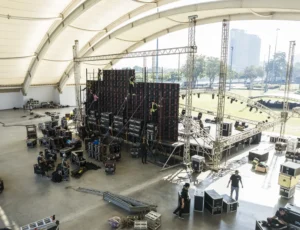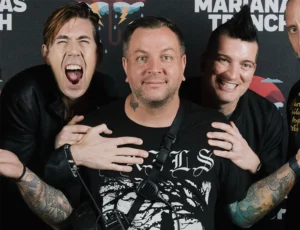Quick Summary
In 2025, concerts & music events teams rely on proven, industry-popular software stacks to meet rising demands for ticketing, streaming and on-site efficiency. Fans want seamless mobile entry, immersive livestreams and friction-free show-day logistics, while crews juggle tight margins and cross-country routing. This guide groups today’s most popular platforms into five practical categories – Ticketing & Registration, Live-Streaming & Visuals, Event Management, Tour Management and Marketing Utilities – so you can pinpoint the tools that solve today’s pain points and scale smoothly as your tours grow.
Table of Contents
- Why Concert & Music Event Software Matters in 2025
- How to Choose the Right Concert Software (3-Point Checklist)
- Five Essential Software Categories for Live-Music Teams (with popular choices)
3.1 Ticketing & Registration Tools – sell more seats, faster
3.2 Live-Streaming & Visual Production Platforms – reach remote fans
3.3 Event Management Software – schedules, attendees, analytics
3.4 Tour Management Software (Routing, Crew, Settlements)
3.5 Marketing & Utility Apps – email, design, team scheduling
- Putting It All Together: Next Steps for Your 2025 Tech Stack
- FAQs
1. Why Concert & Music Event Software Matters in 2025
The live-music industry is expanding fast again. Global ticketed-concert revenues climbed from ≈ US $34.8 billion in 2024 to a projected US $38.6 billion in 2025 and are on track to surpass US $60 billion within the decade, according to a study by Custom Market Insights1. At the same time, hybrid formats are exploding: virtual-concert platform spend is forecast to triple, reaching US $297 billion by 2030, as promoters layer live-stream access and immersive visuals onto physical shows2.
That growth brings complexity. Mid-size tours now juggle 20-plus dates, multi-currency settlements and real-time crew comms, while venues must sync mobile ticketing, on-site scanning and remote fan engagement in one seamless flow. Manual spreadsheets struggle here: lost data or version-control slip-ups translate into blown budgets and frustrated fans.
Specialised software closes those gaps:
- Ticketing & registration tools automate tiered pricing and instant capacity updates.
- Live-streaming & visual platforms let production teams monetise remote audiences without compromising broadcast quality.
- Event-management dashboards keep schedules, vendors and attendee data in one place.
- Tour-management software (e.g., Eventric Master Tour) handle routing, advancing and nightly settlements in minutes, not hours.
- Marketing & utility apps tighten the loop between promotions, fan comms and crew workflows.
In short, 2025’s growth curve rewards operations teams that adopt a purpose-built software stack, and penalizes those who don’t.
2. How to Choose the Right Concert Software for You
- Define the bottleneck you must fix first
Ask yourself, “Where do we lose the most time or revenue today?”
- Struggling with oversold sections or manual guest lists → start with Ticketing & Registration tools.
- Endless email chains about bus calls, per-diems or backline → a Tour Management platform should lead the stack.
- Fans demanding remote access or immersive visuals → prioritise Live-Streaming & Visual Production software.
Focusing on the single biggest pain point ensures quick wins and internal buy-in.
- Match features to your team’s real workflow, not to a feature checklist
- Routing vs. room-holds: Promoters care about multiple‐venue “hold/confirm” flows; touring crews care about mileage, drive-time and border crossings.
- Financial depth: Do you only need basic ticket-fee tracking, or nightly settlements broken down by percentage splits and taxes?
- Integrations: Will the tool push data to your existing accounting, CRM or marketing platforms without custom code?
Choosing software that mirrors how your team already operates keeps adoption friction low.
- Validate support, scalability and total cost of ownership (TCO)
- Support window: Live shows run late – does the vendor offer 24/7 or only business-hours help?
- User pricing: Per-seat plans get pricey for large crews; flat “tour licences” may be cheaper.
- Growth path: Can the software handle more shows, venues or hybrid streams without forcing a rebuild of your workflow?
A platform that scales with your touring ambitions saves the pain of migrating data mid-season.
3. Five Essential Software Categories for Live-Music Teams (with popular choices)
3.1 Ticketing & Registration Tools – sell more seats, faster
Platforms like Eventbrite and TicketTailor let you spin up branded event pages, offer tiered or timed-release pricing, and push capacity updates to box-office scanners in real time. Eventbrite’s 2025 roadmap doubles down on social discovery and in-app sharing, making it easier for fans to find your show, while TicketTailor keeps fees low with a flat-rate model that’s popular among DIY promoters.
When to start here: you’re losing revenue to oversells, manual guest lists, or clunky payment flows.
Need an internal or VIP ticketing workflow that syncs straight into your tour database? Master Tour Ticketing (a built-in module for Master Tour users) lets production teams allocate comps, send personalised guest emails, and export guest lists to the box office, all while feeding data back into nightly settlements.
3.2 Live-Streaming & Visual Production Platforms – reach remote fans
mimoLive lets a small crew produce TV-quality multicam streams on a laptop—ideal for hybrid gigs or paid virtual add-ons. For larger productions, pairing Unreal Engine with media-server tools unlocks real-time XR stages and mixed-reality backdrops that wow both in-house and online audiences.
When to start here: you want to monetise remote audiences or add immersive visuals without breaking the tour budget.
3.3 Event Management Software – schedules, attendees, analytics
All-in-one dashboards such as Whova and EventMobi centralise agenda building, attendee engagement (polls, leaderboards) and sponsor analytics inside a single app. They’re great for multi-stage festivals or venues that host diverse shows but still need push notifications, badge printing and post-event metrics in one place.
When to start here: you’re juggling vendors, sponsors and large attendee lists that outgrow spreadsheets.
3.4 Tour Management Software (Routing, Crew, Settlements)
For touring teams, a dedicated platform like Eventric Master Tour replaces endless spreadsheet tabs with a live itinerary, automatic drive-time routing, crew communication and nightly settlements that export straight to accounting. One account can manage unlimited tours and acts, keeping everyone on the same page.
When to start here: your show advances, day sheets and guest lists live in ten different email threads.
3.5 Marketing & Utility Apps – email, design, scheduling
Round out the stack with lightweight tools: Mailchimp for segmented fan emails and tour-announcements, Canva for quick poster or social-asset design, and Doodle to nail rehearsal or load-in times without reply-all chaos.
When to start here: you need fast, low-cost ways to polish visuals and keep comms flowing between marketing and operations.
4. Putting It All Together: Next Steps for Your 2025 Tech Stack
Match your role to the first software move
- Tour / Production Managers → Start with a dedicated Tour Management platform (e.g., Eventric Master Tour) to tame routing chaos, crew comms, and nightly settlements.
- Venue or Promoter Ops Leads → Focus on Ticketing & Registration tools to streamline sales tracking, guest lists, and on-site scanning.
- Festival or Multi-Stage Coordinators → Adopt an Event Management suite for vendor logistics, attendee engagement, and sponsor analytics, in one dashboard.
- Marketing Leads → Lean on Marketing & Utility apps (email automation, quick-design tools, scheduling helpers) to align promotions with operations.
- Hybrid-Show Producers → Invest first in Live-Streaming & Visual Production platforms to deliver immersive broadcasts and reach remote fans.
Start small, scale fast
- Solve the biggest bottleneck first: implement one category tool, prove ROI on a single show or tour leg.
- Layer integrations: connect ticketing to email lists, or tour routing to accounting, only after your core workflow is stable.
- Review quarterly: sunset redundant tools and upgrade licences as show count or crew size grows.
Need a deeper evaluation framework?
Check out our article “Introduction to Entertainment Management Software”.
Ready for pro-level tour management software?
Start a 14-day free trial of Eventric Master Tour and see how routing, advancing, and settlements fit seamlessly into one dashboard – no spreadsheet drama required.
5. FAQ: Concerts & Music Event Software
- Do I need separate software for ticketing and tour management?
Often yes. Ticketing platforms handle front-of-house sales, while tour-management tools run back-of-house logistics. Some integrations sync the two. - Is live-streaming software worth it for smaller venues?
If your audience extends beyond local reach or you offer VIP virtual packages, even a low-cost tool like mimoLive can unlock new revenue. - How much does tour-management software cost?
Eventric Master Tour Professional keeps it simple: $64.99 / month when billed annually or $74.99 / month on a month-to-month plan. That single licence covers the Tour or Production Manager desktop account plus free mobile access for every crew member. Other vendors may use tiered or per-seat pricing, so costs can climb into the low-thousands annually once you add extra seats, integrations, or premium support. Always check what each plan actually includes. - Can one platform cover everything?
All-in-one suites exist, but most pro teams mix best-of-breed tools – ticketing plus a dedicated tour-management core – so they’re not locked into mediocre features. - What’s the fastest way to justify budget to leadership?
Track the hours saved or errors avoided after your first show cycle; converting that into labour costs usually secures long-term investment.



